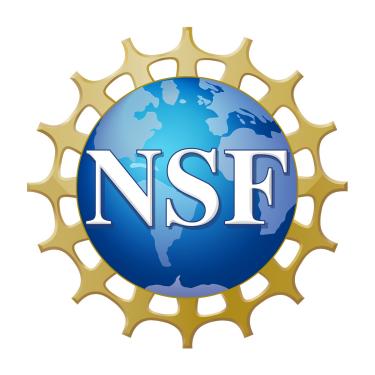

Orit Peleg was recently awarded an NSF Career Grant for her project titled "Principles of Firefly Rhythmic Synchronization".
From the NSF award abstract:
Biological communication in large animal groups is often accompanied by immense noise levels due to the presence of multiple signals and interference from the environment. One common way to deal with noise is to synchronize the signals, so that individuals signal in unison. Communication in well-studied synchronous animal groups across a broad range of organisms (frogs, fish, birds, and primates) is characterized by complex signals. In contrast, the PI will work with a tractable model system of firefly swarms where communication signals are visual, in the form of approximately digital light flashes, and visually traceable in three dimensions, even throughout large swarms of motile individuals. The PI will combine field and lab experiments with physical and information-theoretic theories for signal synchronization, using firefly swarms as a model system. This will enable fundamental advances in our understanding of communication strategies and enable the PI to integrate models and experiments across a wide range of length and time scales.
The PI will focus on fundamental aspects of signal synchronization. The PI will use innovative field-recording technologies for fireflies and Virtual Reality (VR) systems to obtain quantitative spatiotemporal recordings of firefly flashes and test hypotheses about synchronous communication by exposing the fireflies to carefully designed visual stimulus. These information-rich datasets will facilitate the development and validation of agent-based models of possible underlying mechanisms. In turn, modeling can provide feedback on experiment design and serve as a tool to design VR stimuli whose responses will either validate or disprove a given hypothesis. This interwoven theory-experiment approach will allow an unprecedented level of model validation via simultaneous refinement of both models and experiments until the underlying principles are extracted and clarified. The same approach will directly inform the PI's educational goals as they develop a class that will engage students in concepts of animal communication via visualization of computational and experimental data. Therefore, this CAREER award will fundamentally advance the PI's long-term goals by providing insight into the principles that enable synchronization and incorporating the acquired firefly data in STEM education.
View the full details on the NSF website: CAREER: Principles of Firefly Rhythmic Synchronization
